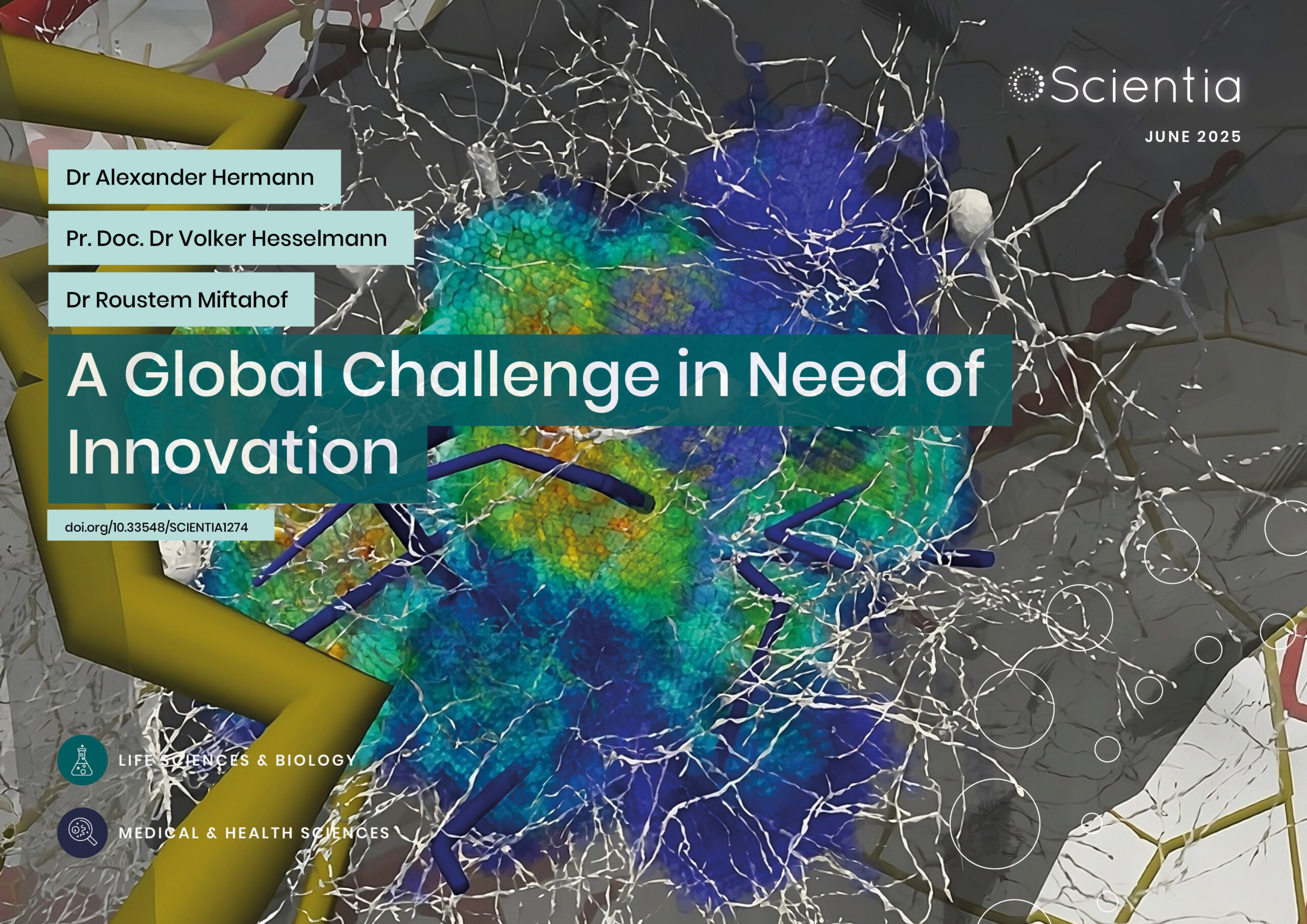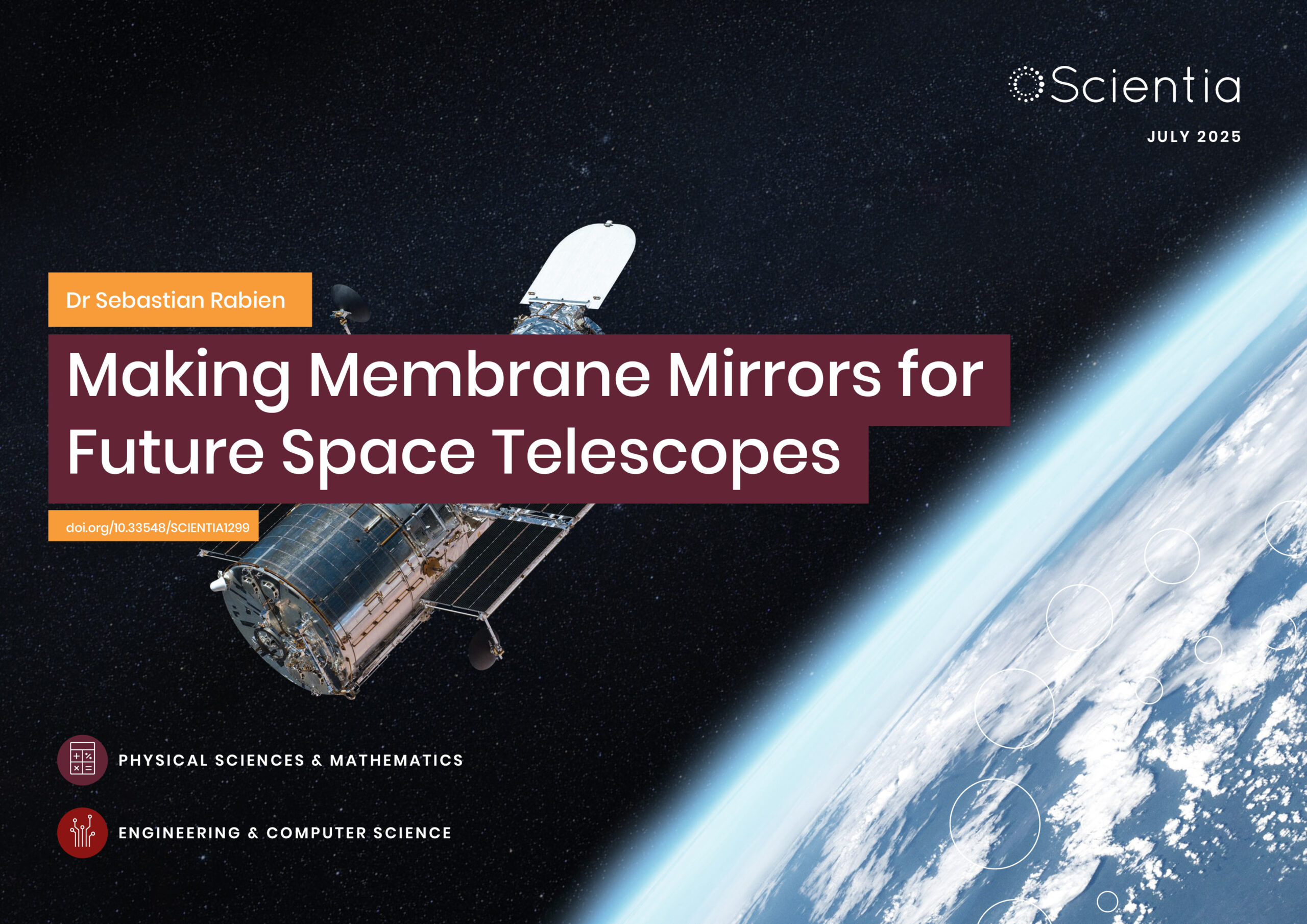Dr Elica Moss – Training a New Generation of Skilled Environmental Scientists
The environmental sciences are vitally important to address many urgent global challenges, such as climate change, agricultural sustainability, conservation and pollution. To lead the innovations that will bring us closer to achieving these goals, a diverse, well-trained and qualified workforce is required. In their new teaching program, Dr Elica Moss and her team of scientists at Alabama A&M University provide students with extensive training in advanced biotechnological methods and invaluable research experience, towards building a skilled and diverse scientific workforce that can take on humanity’s greatest challenges.
Today’s Students, Tomorrow’s Leaders
Environmental issues, such as pollution and climate change, impact almost every aspect of human society. The intensification of agricultural practices to meet the food requirements of a growing human population is having negative consequences for the health of our soils, climate, waterways, and delicate ecosystems across the globe.
Atmospheric pollutants deposit into natural freshwater systems, disrupting these diverse ecosystems and causing the accumulation of toxic substances and metals. Soil microbial communities are altered by the effects of climate change and soil additives, which could have consequences for agricultural sustainability and the ability of plants to absorb and store atmospheric carbon.
Addressing these environmental issues requires a strong workforce of skilled scientists from diverse backgrounds in academic institutions, industry, and public agencies. Despite the growing need for a strong and diverse scientific workforce in the US, underrepresented minorities, especially from the African-American and Hispanic communities, make up a disproportionately small percentage of environmental scientists. This lack of inclusion not only means a significantly reduced talent pool; scientific progress is also severely hindered by the lack of diverse perspectives and experiences.
Through the development and implementation of their Integrative Agricultural Biotechnology Instruction Program, Dr Elica Moss and her colleagues at Alabama A&M University aim to train tomorrow’s scientific leaders. ‘This program, with its increased awareness of biotechnological issues, will reduce the national shortage of minorities in the sciences in general, but in particular, biological and associated sciences, thus building skilled, capable and stable societies,’ says Dr Moss.
Their teaching program provides training and research experience to undergraduate and graduate students in the Department of Biological and Environmental Sciences, attracting students from within the university and transfers from community colleges.
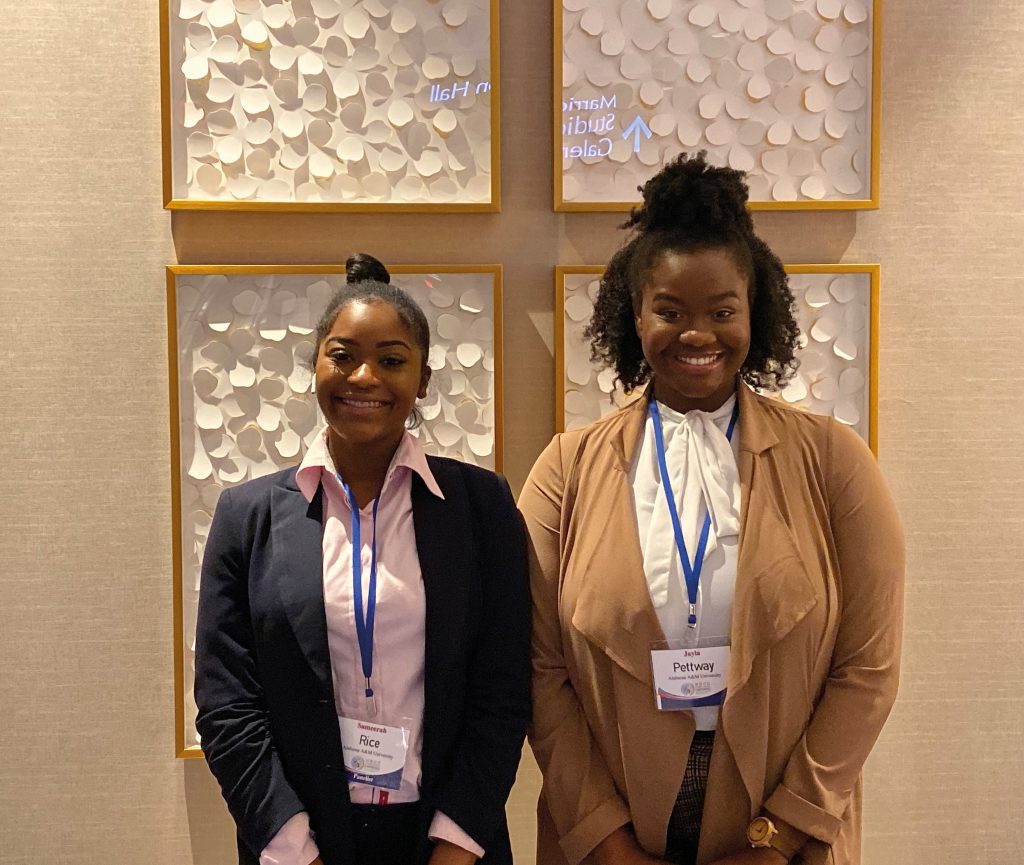
Students Sameerah Rice and Jayla Pettway presenting their research at a conference
The Program
Dr Moss’s current teaching program, which began in 2017, builds on a substantial effort by Alabama A&M University to strengthen and enhance the training opportunities available to students in the environmental and agricultural sciences. During the lifespan of the project, Dr Moss and her team have been continually evaluating the training effectiveness and success of the various mentoring strategies used, with the aim of further enhancing the educational quality. In addition to strengthening their current program, the team’s efforts also contribute to improving the teaching and training provision on Alabama A&M University’s new agriculture-focused biotechnology degree.
During the 2019–2020 academic year, Dr Moss developed a semester-long Course-Based Undergraduate Research Experience (CURE), to provide students with practical skills in advanced molecular science methods, such as DNA extraction and analysis. The US Bureau of Labor Statistics reported in 2016 that the demand for well-trained bio-technicians is going to increase in the coming decade, and therefore, developing these skills before entering the workforce provides students with access to a greater number of employment opportunities.
Each cohort on Dr Moss’s Integrative Agricultural Biotechnology Instruction Program consists of five agricultural biotechnology and molecular biology undergraduate students, with the program also providing training and development opportunities to graduate students and early-career faculty members. Students are introduced to the fundamental concepts and methods used in environmental microbiology through a series of class discussions, and then provided with the opportunity to use their new skills in their own research project.
The research projects conducted by the students, under the guidance of Dr Moss and her team, span a range of environmental topics, from waterway pollution and soil ecology, to sustainable urban development. Most significantly, their research contributes knowledge to real-world issues facing environmental scientists, and students are encouraged to disseminate their work at academic conferences. The students from the 2019–2020 academic year cohort will be presenting their research findings in the poster section of the 8th annual Historically black colleges and universities (HBCU) Climate Change Conference in New Orleans.
Additionally, the students presented their work alongside other students from the departments of Biological and Environmental Sciences, Food Science, and Engineering and Physics at the annual Alabama A&M University STEM day. They also submitted research abstracts for the 97th annual meeting of the Alabama Academy of Science, which was unfortunately cancelled due to COVID-19. Experiences such as these provide the students with opportunities to engage with the wider research community and gain insights into this aspect of a career in research.
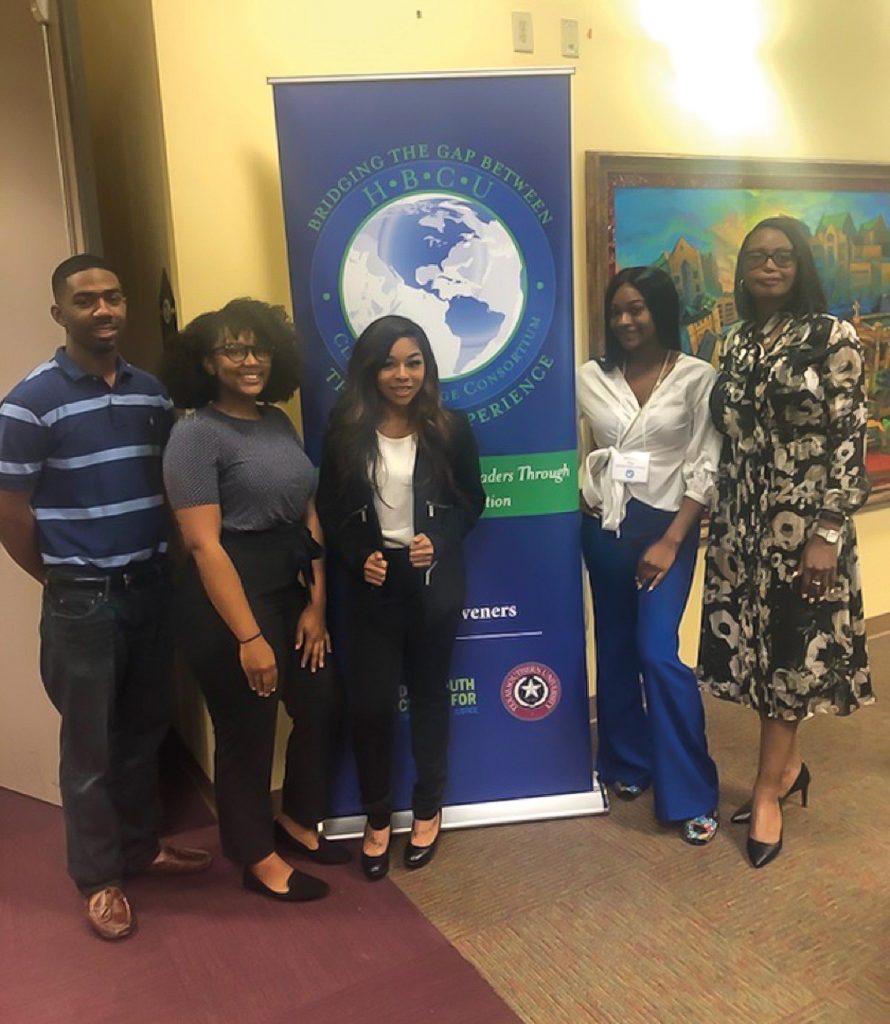
Dr Moss with students attending research conference where they presented their research
Investigating Pollution in Waterways
The freshwater ecosystems in Alabama, some of the most biodiverse habitats in North America, are at increasing risk from a rapidly growing human population. Pollutants from agriculture, urban development and atmospheric deposition have negative consequences for the animals and plants that inhabit these waters and pose a significant risk to human health. ‘Atmospheric deposition is the process that removes gases and particles from the atmosphere,’ explains Courvoisier Lewis, a student researcher on the Integrative Agricultural Biotechnology Instruction Program. ‘Air pollution resulting in atmospheric deposition is a major environmental issue.’
The aim of this project was to identify the location of bodies of water impaired by atmospheric deposition and the ‘brownfield’ sites located nearby, which is imperative to informing conservation management decisions. Brownfield sites are previously developed areas that have since fallen into disuse. Redevelopment of brownfields is complicated by the presence of potentially harmful contaminants.
Using environmental monitoring techniques to investigate pollutants in these waters and soils, Lewis found that the predominant atmospheric pollutants deposited were mercury and other metals. By employing additional analysis techniques, such as geographic mapping, he contributed critical information about the spatial distribution of atmospheric pollution in Alabama.
Research projects such as these could help scientists identify which areas are most vulnerable to negative impacts on the ecosystem services provided by wild spaces – such as food security, carbon storage by plants, and clean drinking water.
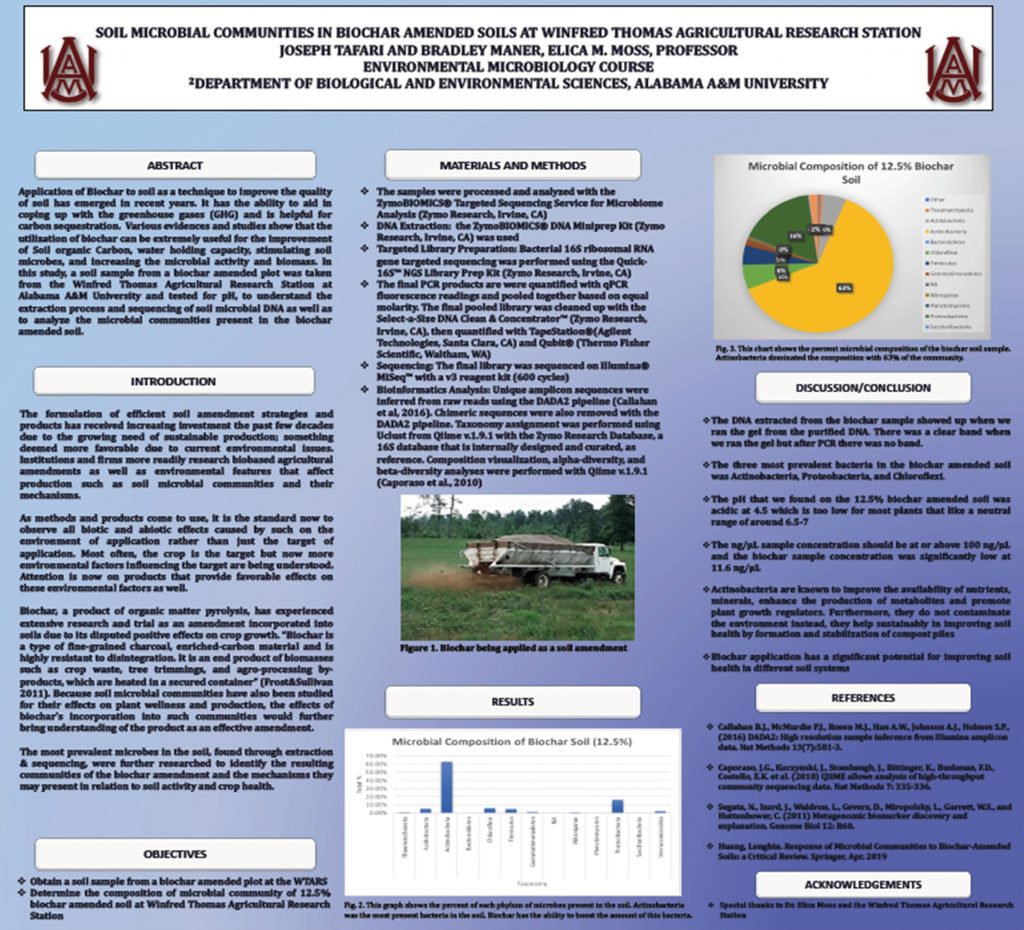
Example of research completed by students during the semester-long CURE in Environmental Microbiology
Effects of Biochar and pH on Soil Ecology
The microscopic organisms living in soils interact with their environment, having impacts that scientists are only now beginning to fully understand. The composition of microbes – or the ‘microbial community’ – can have marked impacts on soil quality, plant health and development, and carbon storage, which is important for mitigating climate change. Thus, understanding how external factors such as pH levels, soil additives and crop type alter the soil microbial community is imperative to developing sustainable agricultural practices.
The Winfred Thomas Agricultural Research Station at Alabama A&M University produces a range of crops, such as hemp, switchgrass, sweetgum and soybean, and provides students with an active agricultural system to investigate their research questions. Additionally, some soils at the research station are supplemented with ‘biochar’ – a carbon-rich substance created by burning waste from agriculture and forestry at high temperatures. Incorporating biochar into soils is a promising new method that increases carbon storage, while also improving plant productivity and nutrient cycling.
However, the effects of biochar on soil microbial communities is not yet fully understood. Adding biochar to soils alters soil pH, which may have additional impacts on microbial community composition. In their projects, student researchers Autumn Hill and Jayla Pettaway used advanced genetic analysis and soil monitoring tools to investigate the effects of biochar and pH on soil microbes.
Through their research, they showed that biochar, pH and crop type are associated with increases in some types of soil bacteria and decreases in others. Their work provides the basis for understanding how the effects of biochar and soil conditions can alter carbon storage in agricultural systems.

Artist’s representation of a soil microbial community
Revitalising a Historic Community
Africatown, Alabama, is a historic community formed by a group of 32 West Africans brought to America on the last known slave ship, the Clotilda. At its peak, Africatown was home to around 10000 people, but the population has since decreased to around 3000, leaving many homes vacant and abandoned. These properties pose a barrier to the revitalisation of this historic town. However, focused efforts to stimulate the local economy require a good understanding of home ownership and rental patterns, property tax rates, and housing and condemnation rates in the area.
Advanced environmental mapping tools can facilitate a detailed analysis of these trends in urban and suburban areas, helping to inform revitalisation decisions. Applying these tools to publicly available data, student researcher Sameerah Rice investigated the trends across five years for 450 homes in the town’s quiet and compact residential area.
‘This study serves as the genesis to combat the issue of vacant and abandoned property problem in Africatown, that could lead to aggressive code enforcement, tax foreclosure, eminent domain, and cosmetic improvements, thereby stimulating economic development,’ she says.
Research efforts such as these can also provide evidence to help communities safeguard their future health and wellbeing. Industry development in Africatown and the local areas pose a threat to the quality of the air, soils, and water that the town’s residents depend on. Responsible development and redevelopment of abandoned properties should be mindful of local communities, and rigorous scientific evidence provides the basis on which these decisions are made.
The Program’s Future
Building on the previous success of their program, Dr Moss and her team plan to continue training new cohorts of environmental science students. By giving students the opportunity to learn and practice the skills they need for a career in environmental biotechnology, Dr Moss and her team are providing society with more than vital research – they are giving us tomorrow’s leading scientists.
Reference
https://doi.org/10.33548/SCIENTIA521
Meet the researcher
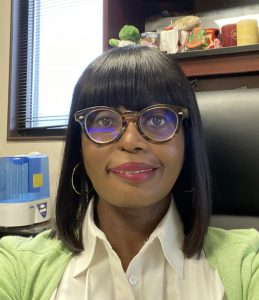
Dr Elica M. Moss
Department of Biological and Environmental Sciences
Alabama A&M University
Normal, AL 35762
USA
Dr Elica M. Moss earned her PhD in Microbial Ecology and Environmental Toxicology from Michigan State University. She currently holds the position of Research Assistant Professor and Environmental Health Science Coordinator within the Department of Biological and Environmental Sciences at Alabama A&M University. She has also developed and teaches on a range of environmental science undergraduate modules and advises postgraduate students in addition to her research activities. Dr Moss has published her research in numerous peer-reviewed journals, and has received multiple awards for her work, including in recognition of her community service in education. Several of Dr Moss’s projects have directly improved the educational opportunities and outcomes for women and minority groups, both at Alabama A&M University and within her local community.
CONTACT
KEY COLLABORATORS
Dr Govind Sharma, Department of Natural Resources and Environmental Science, AAMU
Dr Venkateswara Sripathi, Department of Biological and Environmental Sciences, AAMU
FUNDING
United States Department of Agriculture – National Institute of Food and Agriculture
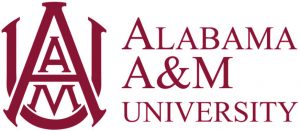
Creative Commons Licence
(CC BY 4.0)
This work is licensed under a Creative Commons Attribution 4.0 International License. 
What does this mean?
Share: You can copy and redistribute the material in any medium or format
Adapt: You can change, and build upon the material for any purpose, even commercially.
Credit: You must give appropriate credit, provide a link to the license, and indicate if changes were made.
More articles you may like
Stroke: A Global Challenge in Need of Innovation
Stroke is the third leading cause of both death and disability worldwide, but unfortunately, current diagnostic tools are unsatisfactory. Dr Roustem Miftahof and Dr Alexander Hermann at Advanced Biosimulation Technologies LLC, USA, are overcoming the limitations of existing diagnostic tools with the development of the Neuro-Glia-Vascular Unit Engine. This transformative tool for clinicians and biomedical researchers provides patient-specific health insights with the potential to improve care not only in stroke but across a range of neurological disorders.
Dr Shigetaka Hayano | The Rubber Revolution: Cracking the Code for Tire Recycling!
Traditionally, rubber waste was nearly impossible to recycle due to crosslinked sulphur bonds. But a team of researchers led by Dr Shigetaka Hayano from Zeon Corporation, in Japan, have achieved a groundbreaking feat in rubber recycling. Using mild conditions for the reaction, scientists have overcome the unfavourable cross-linked structure and have achieved recovery of rubber’s original monomers. This process restores cyclopentene monomers with 90% efficiency, allowing old tires and industrial rubber waste to be chemically recycled into high quality materials. If scaled up, this innovation could revolutionise waste management, reduce environmental pollution, and enable a circular economy for rubber production.
Prof Doron Lancet | Reproducing lipid micelles permit early Darwinian evolution
The origin of life has puzzled science and philosophy for thousands of years. While the prevailing scientific narrative is of an ‘RNA world’ or ‘polymers first’ approach, Prof Doron Lancet’s group of the Weizmann Institute of Science in Rehovot, Israel, present an alternative, describing a ‘lipid world’ scenario as a plausible origin for life, in which lipid micelles (simpler structures than cell-like vesicles) could have been nanoscopic protocell precursors. Core to the theory is that these micelles could exhibit catalysis and compositional self-reproduction, passing information through the mixture of their lipid components rather than through a genetic sequence.
Dr Sebastian Rabien | Making Membrane Mirrors for Future Space Telescopes
Mirrors play a key role in space telescopes, but to keep increasing the scale of this technology, mirrors need to be light and compact, so they can be transported in spacecraft, but also able to be adaptively corrected and controlled to ensure their accuracy. Dr Rabien and his colleagues from the Max Planck Institute for Extraterrestrial Physics, in Germany, have developed a technique to make extremely thin and lightweight mirrors, which can then be controlled with adaptive optics, making them a potential solution for larger space telescopes.

